La Copita Demonstration Ranch and Research Area was established by Texas A&M AgriLife Research, Texas A&M System in 1981 to address the multifaceted problems of grazing land and natural resources management in South Texas. Robert S. Muil’s gift of La Copita has been developed for the explicit purpose of conducting outreach and research that contributes to the understanding of the form and function of range ecosystems while developing information applicable to improved range ecosystems and improved range management systems. The site is meant to facilitate basic and applied research, extension and educational activities, and to promote sustainable management of South Texas ecosystems.
“La Copita” literally translated means “little cup” or “whiskey jigger”. The name was apparently derived from a livestock brand which was an outline of a small cup.
The Demonstration Ranch and Research Area is administered from the Department of Rangeland, Wildlife and Fisheries Management, Texas A&M University, College Station. It is supervised from the Texas AgriLife Research and Extension Center at Uvalde.
Description of La Copita Ranch
La Copita Demonstration Ranch is a 2726 acre tract of rangeland located in western Jim Wells County, about 40 miles west of Corpus Christi, Texas, and approximately 15 miles south and west of Alice. An additional 512 acre tract, Los Indios Ranch, is located 7 miles west of Alice. Los Indios is typical Rio Grande Plain rangeland supporting South Texas mixed brush and huisache plant communities. It is subdivided into four 125 acre pastures with a windmill, trip, and working pens in the center.
La Copita Demonstration Ranch is located in a transition zone between the northeastern portion of the central Rio Grande Plain and the Gulf Prairie and Marshes. The climate is subtropical with hot summers and mild winters. Extended cold periods are rare. The growing season is approximately 300 days in length.
Annual precipitation averages 28.2 inches of which 70% falls in April through September. Three out of five years receive less than average rainfall so precipitation is erratic and droughts are often severe.
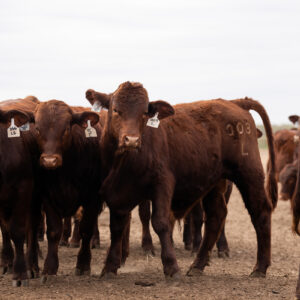
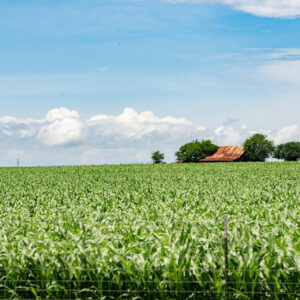
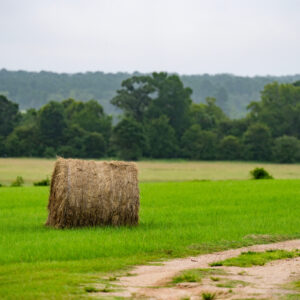
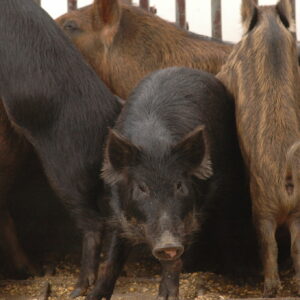
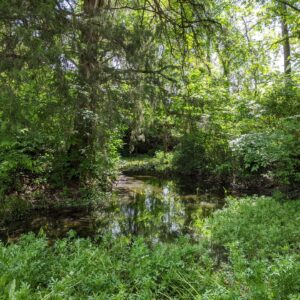
68 Responses to About